Vampyr / Castle of Doom (1932)
“I know. I’m damned.”
|
Synopsis: |
|
Genres, Themes, Actors, and Directors:
Response to Peary’s Review: … shadows dancing on the inn’s wall: … possessed Leone’s evil face shown in close up as she leers at her sister: … [and] a death in a flour mill” — and he notes that “the whole film has an effectively haunting, misty look due to the use of gauze in front of the camera.” However, while Peary and every other reviewer I’ve read seem quite taken by this intentionally ethereal mood piece (made during a transitional period between silent films and talkies), I was much less engaged. Non-actor West — who funded the film, thus securing a role for himself — simply wanders through a pair of houses watching admittedly eerie and incomprehensible imagery playing out, while far too many pages from the book he’s received about vampires are shown on screen for us to read at regular intervals. Meanwhile, I’m hard-pressed to see much evidence in the surreal narrative of “the conflict between the heart and the brain for the soul” — though clearly there’s plenty here for those so inclined to interpret in a variety of ways. Redeeming Qualities and Moments: Must See? (Listed in 1001 Movies You Must See Before You Die) Links: |
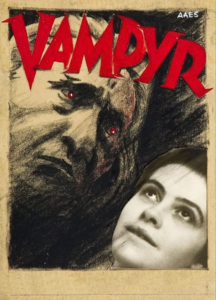
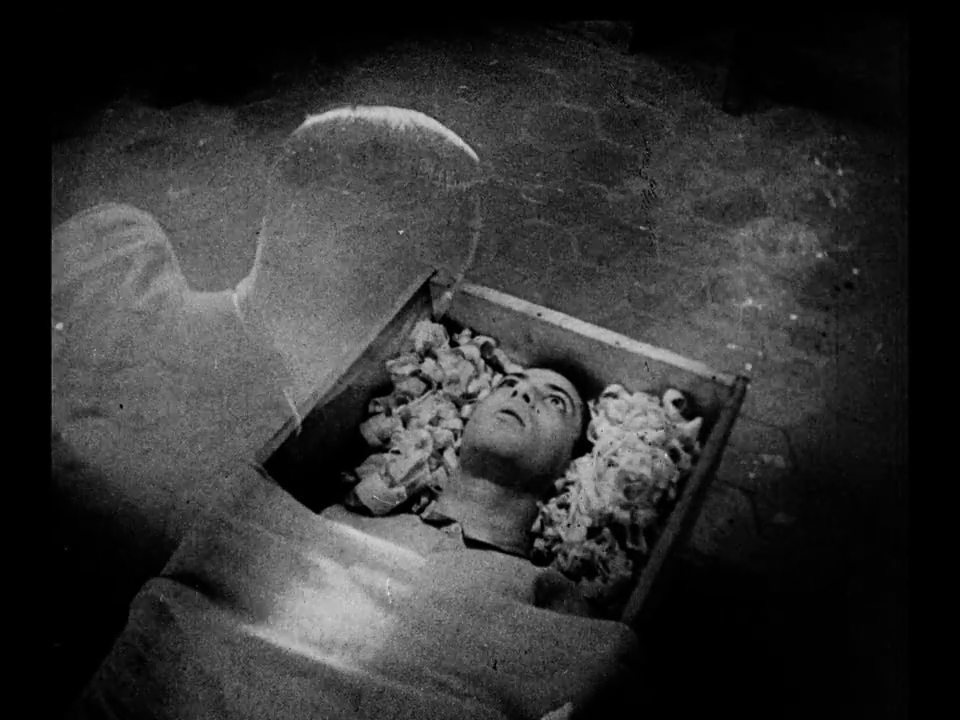
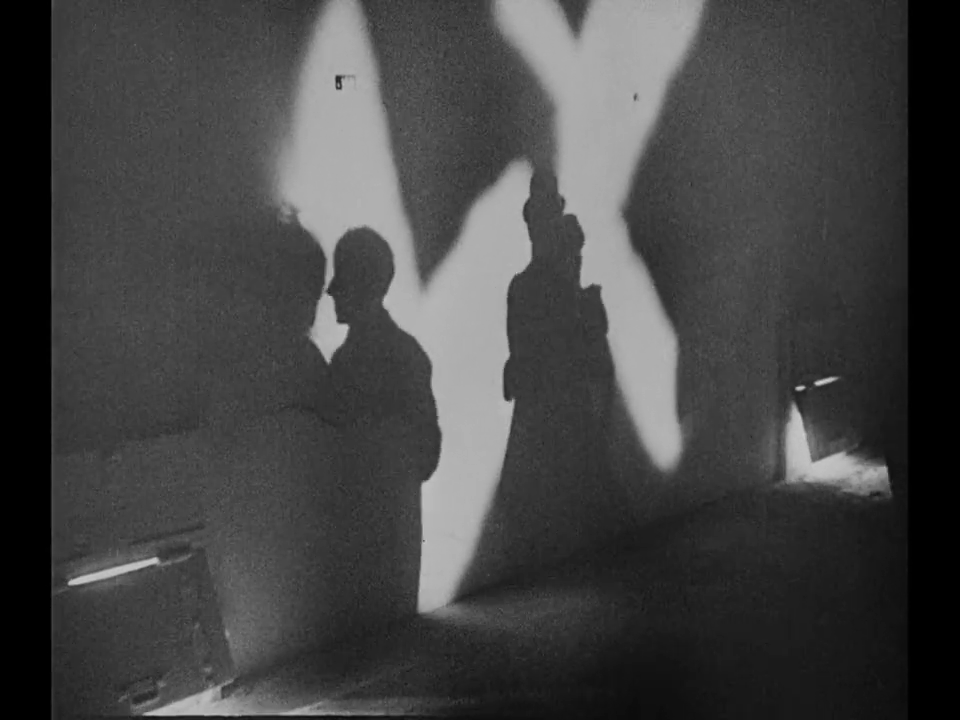
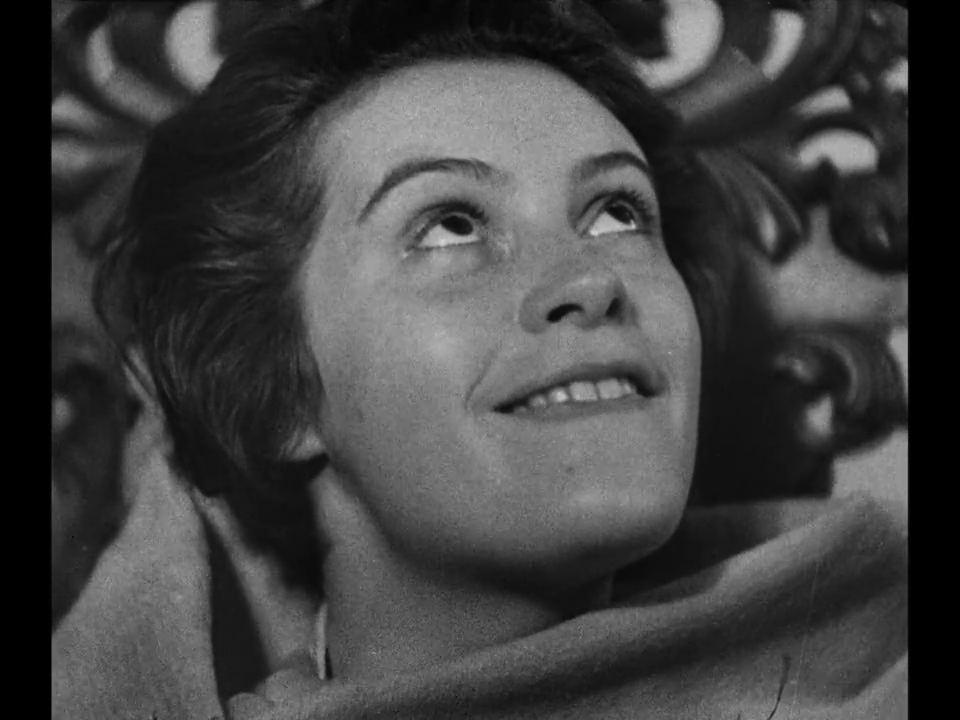

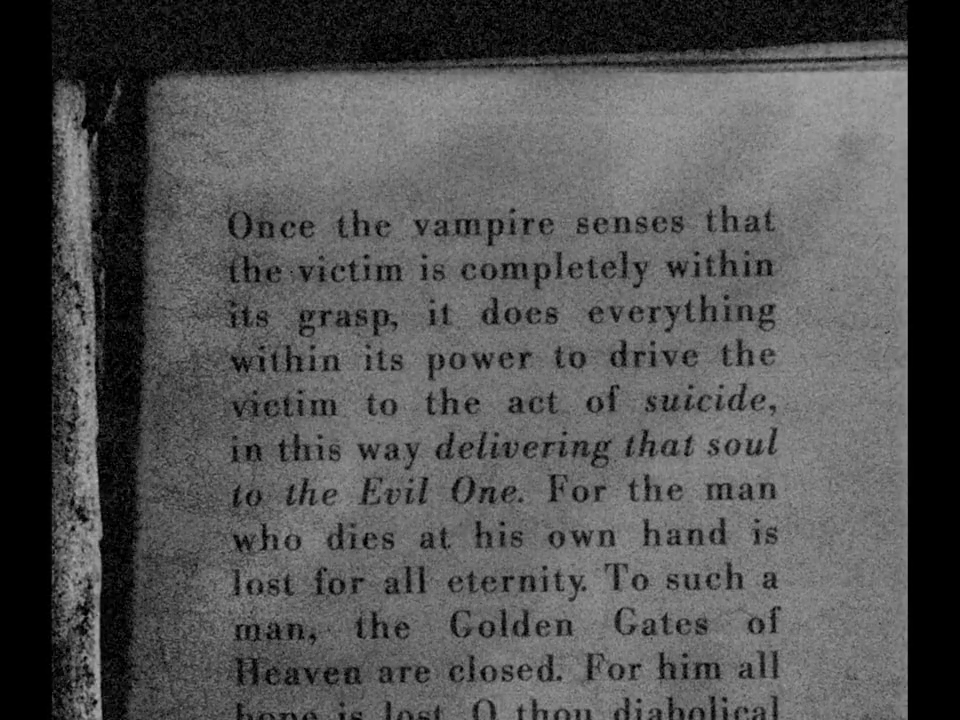
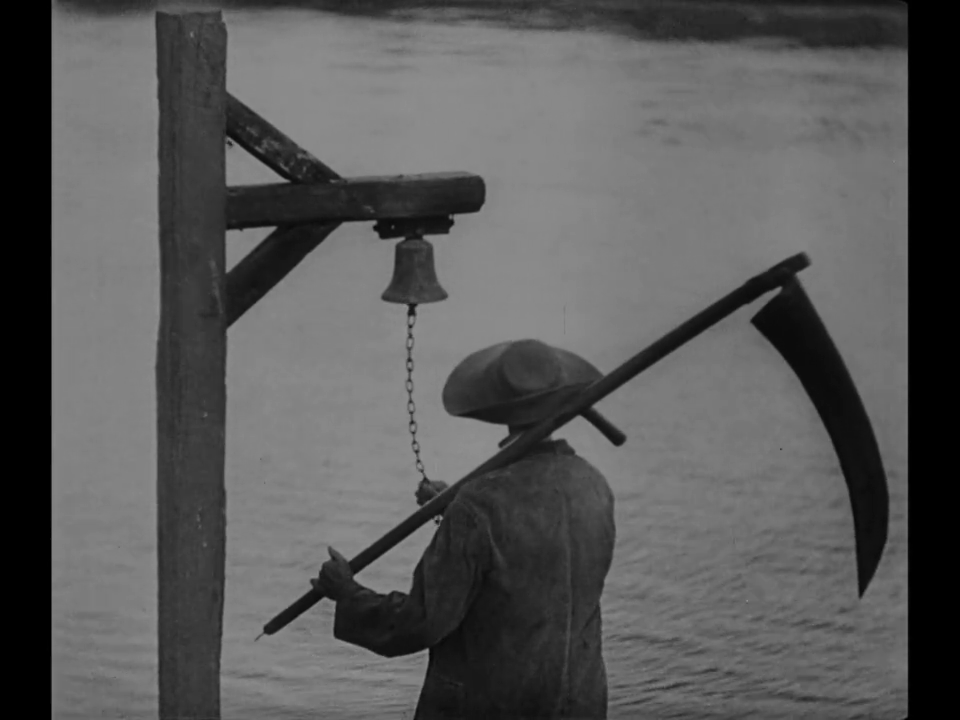
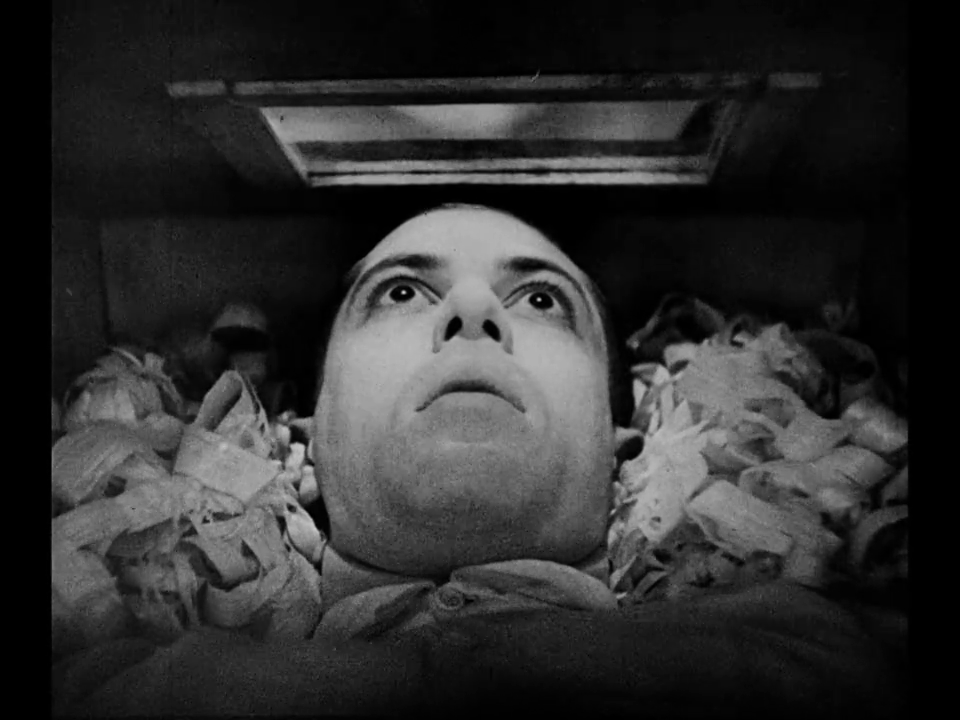
2 thoughts on “Vampyr / Castle of Doom (1932)”
First viewing (2/13/21). Agreed – not must-see; only for vampire film completists.
Strange that I hadn’t seen this film before now. But a viewing proves to be rough-going. Upon its release, the film was not well received but apparently more contemporary audiences have given it more of an embrace – though I’m not at all sure why.
Dreyer gets points for creating a certain amount of mood but ultimately there’s little in terms of pay-off. Like other Dreyer films, the pace is extremely slow – and following the narrative proves, at times, to be confusing.
Horror fans who have become accustomed to far more sophisticated versions of vampire lore may find themselves taxed.
As the doctor, Jan Hieronimko bears a somewhat-striking resemblance to Jack MacGowran as Professor Abronsius in Polanski’s ‘The Fearless Vampire Killers’.
⭐️⭐️⭐️1/2 out of ⭐️⭐️⭐️⭐️
A little too slow and oblique but powerfully creepy and atmospheric. I saw this projected from a restored 35mm print about ten years ago and it held the audience rapt. Fabulous film but not must see.